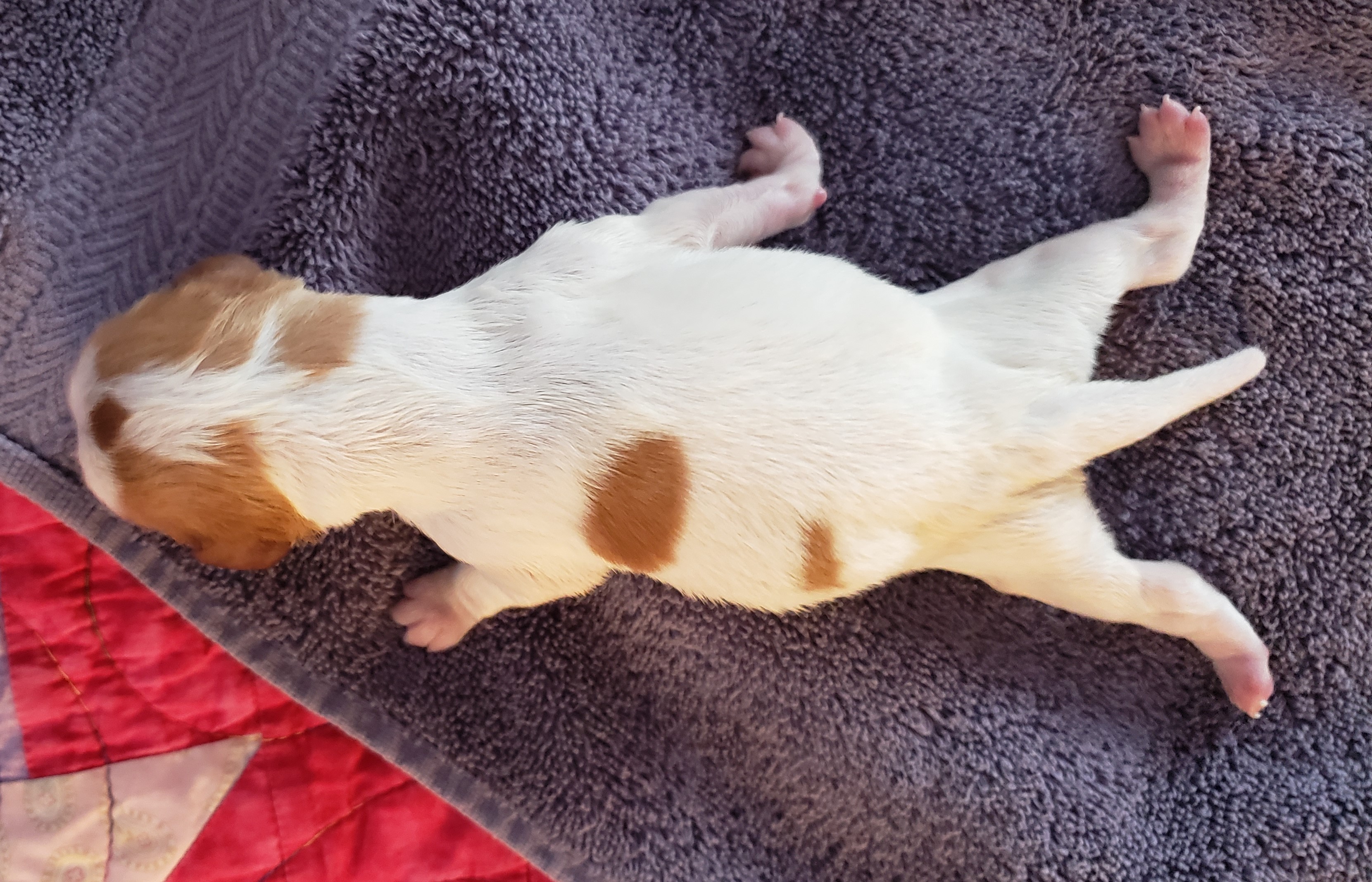 BRITTANY LINKS - HOME - OUR BRITTANYS - OUR HISTORY - BRITTANY PUPPIES - PLANNED BREEDINGS - MT WAR ON WEEDS - BIRD HUNTING - AKC FIELD TRIALS - AGILITY - AKC CONFORMATION SHOWS - HAPPY HUNTERS/FAMILY - MONTANA BRITTANY CLUB - AKC HUNT TESTS
|
||||
| The Pups: 1. Male: Whitey 2. Female: Sandy (nb) 3. Female: Tamara (nb) 4. Male: Doug (nb) 5. Female: Sitka 6. Male: Coulter (nb) 7. Female: Shore (nb) 8. Female: Lacey 9. Male: Jack Please remember, we are Brittany Fans! but, not great photographers... :^) Whitey has a full mustache that turns up in a friendly smile. |
 Photo from: https://www.ijpr.org/post/national-park-watches-whitebark-pines-decline#stream/0 Pinus albicaulis: "...whitebark
pine
is native to northwestern United States and
southwestern Canada, where it grows in
subalpine high elevation
mountains marking the tree line. This
species protects watersheds, regulates
snowmelt runoff and its roots stabilise rocky
and poorly developed soils,
preventing soil erosion. For these
reasons, whitebark pine is considered both a
keystone species in these high mountain
ecosystems. This species belongs to the group
of pines known as the ‘bird pines’, they have
wingless seeds and therefore rely on animal
dispersal rather than wind. One of its main
distributors is the Clark’s nutcracker (Nucifraga
columbiana). Clark’s nutcrackers have
strong bills that can extract the seeds from
their cones, they consume or cache the seeds
and those not retrieved from caches by the
time the snow melts may germinate and become
established as seedlings. The large nutlike
seeds of this species are high in fat and
protein and are an important food source for
many other birds and mammals. Whitebark pine
populations have declined over the past 60
years due to two anthropogenic problems, the
introduction of white pine blister rust fungus
(Cronartium ribicola) and the changes
in fire regimes, which are complicated further
by increases in the native mountain pine
beetle (Dendroctonus ponderosae)
populations."
From: http://globaltrees.org/threatened-trees/trees/whitebark-pine/ |
|||
| BRITTANY PUPPIES Past Litters Back to Turah x Tempo Puppy Page | ||||
| 6-29-19: Wt. 2,198g. |
||
| 6-22-19: Wt.
1,794g. They are more mature this week
so are able to stack a bit better. They
are also getting really playful so are more
challenging to take photos of....
<lol> |
||
| 0 |
||
| 6-15-19:
1,464g. The pups are getting stronger but are
not able to stack (stand like a show dog) yet. |
||
| 6-8-19:
1,050g. The pups are starting to walk around
and play a bit with each other. |
||
| 6-1-19: 826g. Eyes
starting to open! |
||
| 5-26-19: 532g. |
||
 Photo taken on day of birth. 5-18-19. Birth weight 258g. Orange and white Brittanys are born with very light colored spots and blue eyes (eyes are of course closed at birth but soon open). The spots and eyes will darken over time to the same color as the parents. |
||
Warbonnet Brittanys Puppy Contract - Choosing A Brittany - Breeders Code Of Ethics - I Want A Brittany - Responsible Breeders - Breed Standard - American Brittany Rescue - A Responsible Breeder Should Brittanys have not been called the "Brittany Spaniel" since the 1980's. |
||
